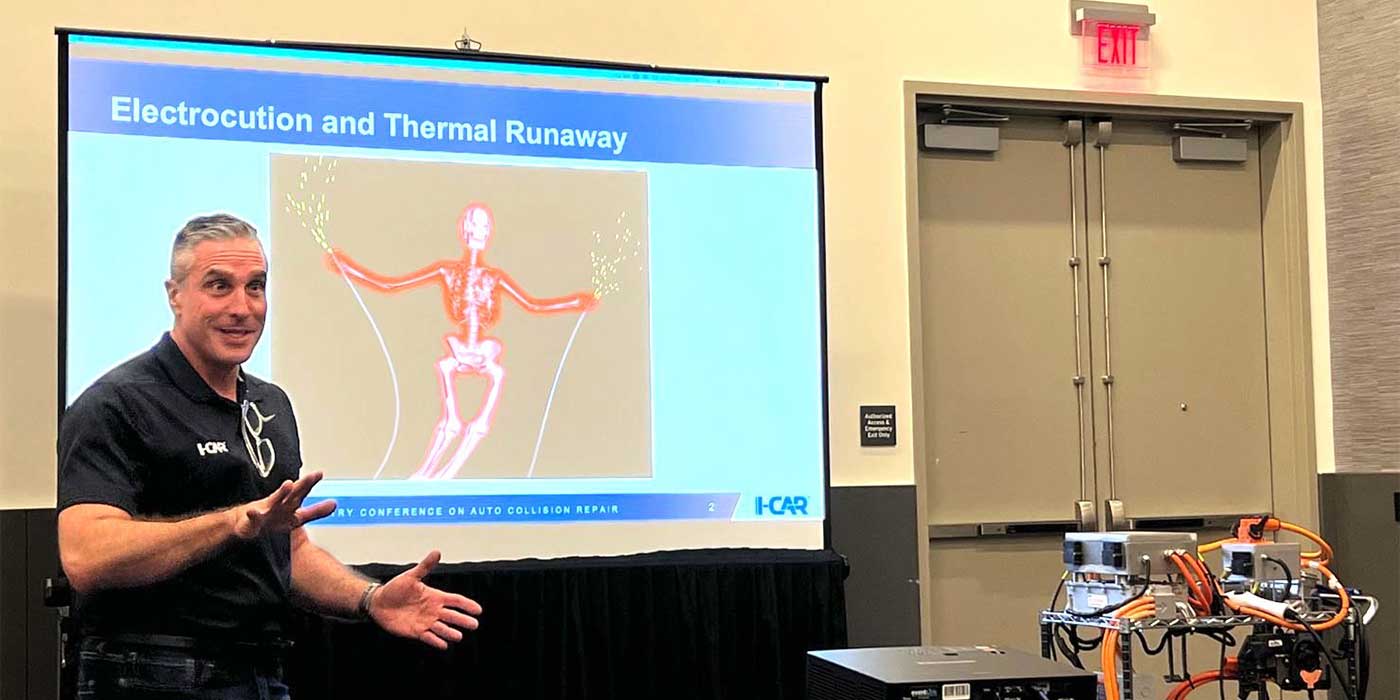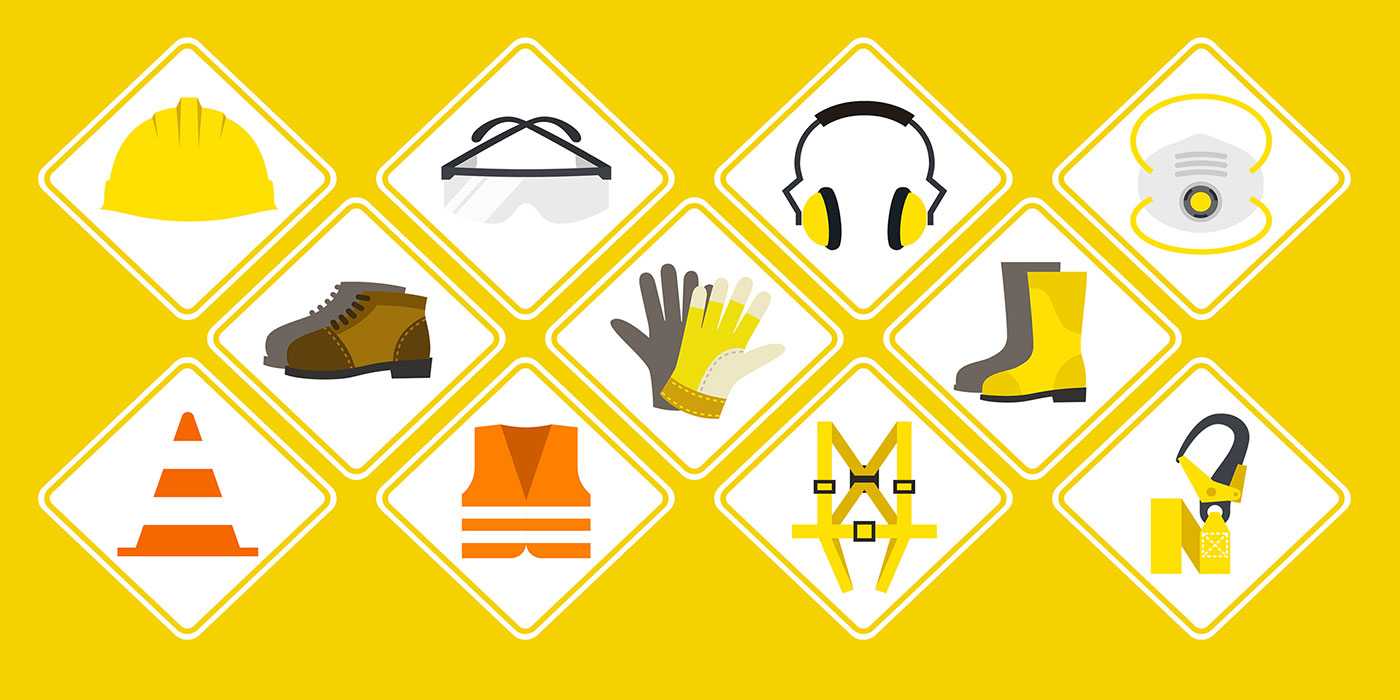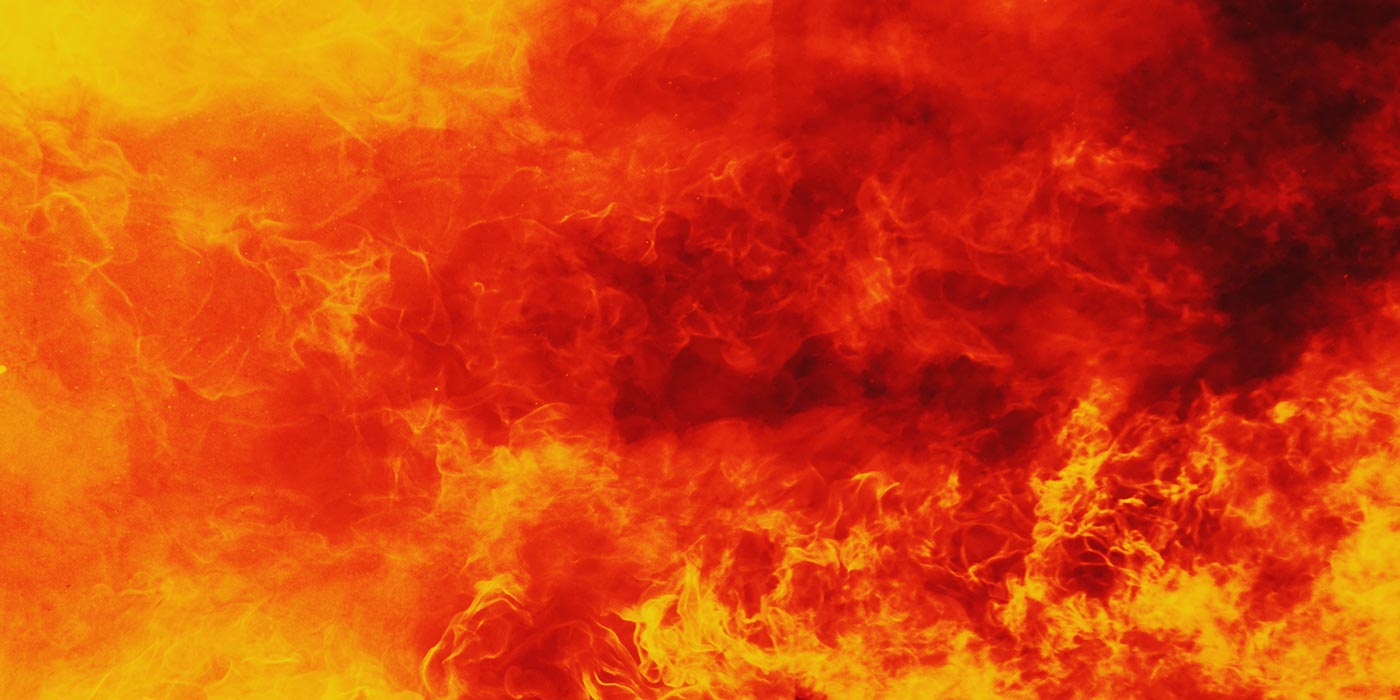
Are you having problems getting your staff to pay attention and retain the information from your training programs? Are you conducting training sessions without getting results from your trainees?
Are they insubordinate, lazy or just plain bored?
Believe it or not, most of your people have good intentions. They aren’t trying to ignore the information being presented, but here’s the golden key: the training is not being presented in a way that holds their attention.
Times they are a-changing, and according to research, so are our attention spans. We live in an era of continuous stimulation. Videos and social media have caused our brains to function differently. Instead of throwing our hands up in the air, we need to understand how to address this issue. Just Google “attention spans” and you will see many credible research institutions giving the same staggering statistics that no trainer can afford to ignore:
- The average attention span in 2000: 12 seconds
- The average attention span in 2015: 8.25 seconds
- The average attention span of a goldfish:9 seconds
Our attention spans are now shorter than that of a goldfish. This doesn’t mean that humans aren’t as smart, motivated or efficient as in the past. Actually, it is quite the opposite: We have so much information at our fingertips that our brains have decided to shut down sooner if the information isn’t valuable.
Based on this fact, here are some important training tips that we have found to be invaluable in getting our trainees to pay attention:
1. Training Requires Interaction
Trainers are faced with the option of using “talking head” videos or interactive presentations that required participation to complete. We have found that interactive presentations are the best option, because a trainee can watch one short segment at a time and must click to advance to the next section. It doesn’t take long for them to figure out that they must listen and learn to complete the course, pass the quiz and advance to the next level.
If you’re doing live training with your team, you can use similar techniques. Ask their opinions. Use games, exercises and role-plays. Take verbal or written polls and surveys. Let your trainees participate by talking as much as listening. Encourage each person to bring relevant information into the class to share. Have each trainee take a turn leading.
2. The Material Needs to be Relevant, Fun and Interesting
In order to be relevant in a live session, present a realistic concern that your trainees have. Encourage them to figure out the path to the solution (with your guidance). Our online training has been the most effective when we use real-world examples using graphics and animated videos. Why? Because it is the most popular format today.
If you look at statistics for YouTube, you will see that more people view YouTube videos every day than any cable network. The short, funny videos are the most popular. These are the ones people share and talk about the most, which brings me to my next point.
3. Don’t be Afraid to Use Humor
People remember humor. Numerous research studies validate that we pay more attention when humor is a part of the presentation. Think about your favorite lines from a movie. You know, the ones you recite to your friends and family. Now, try to remember any of the other dialogue. You probably can’t. We retain information that makes us laugh, solves a need or provokes emotion. The rest is just blah, blah, blah.
4. Keep it Moving and Stay on Point
One of the reasons we’re so attracted to videos is the visual interest created. Even then, the average length of time we spend watching a video is 2.7 minutes. I’m not suggesting we have 160-second training sessions, but I am recommending that we stay on point. We need to create mental pictures, have relatable scenarios and provide solutions.
Don’t stop training; just rethink your methods. You probably have a great staff that can be made even better with training that keeps them engaged. If you invest in outside training, participate in it yourself so you can evaluate it. If you aren’t getting anything out of it, your team probably isn’t either.
Click here to view more solutions from Sally Whitesell and sw Service Solutions.
This article was originally published in Auto Success.













